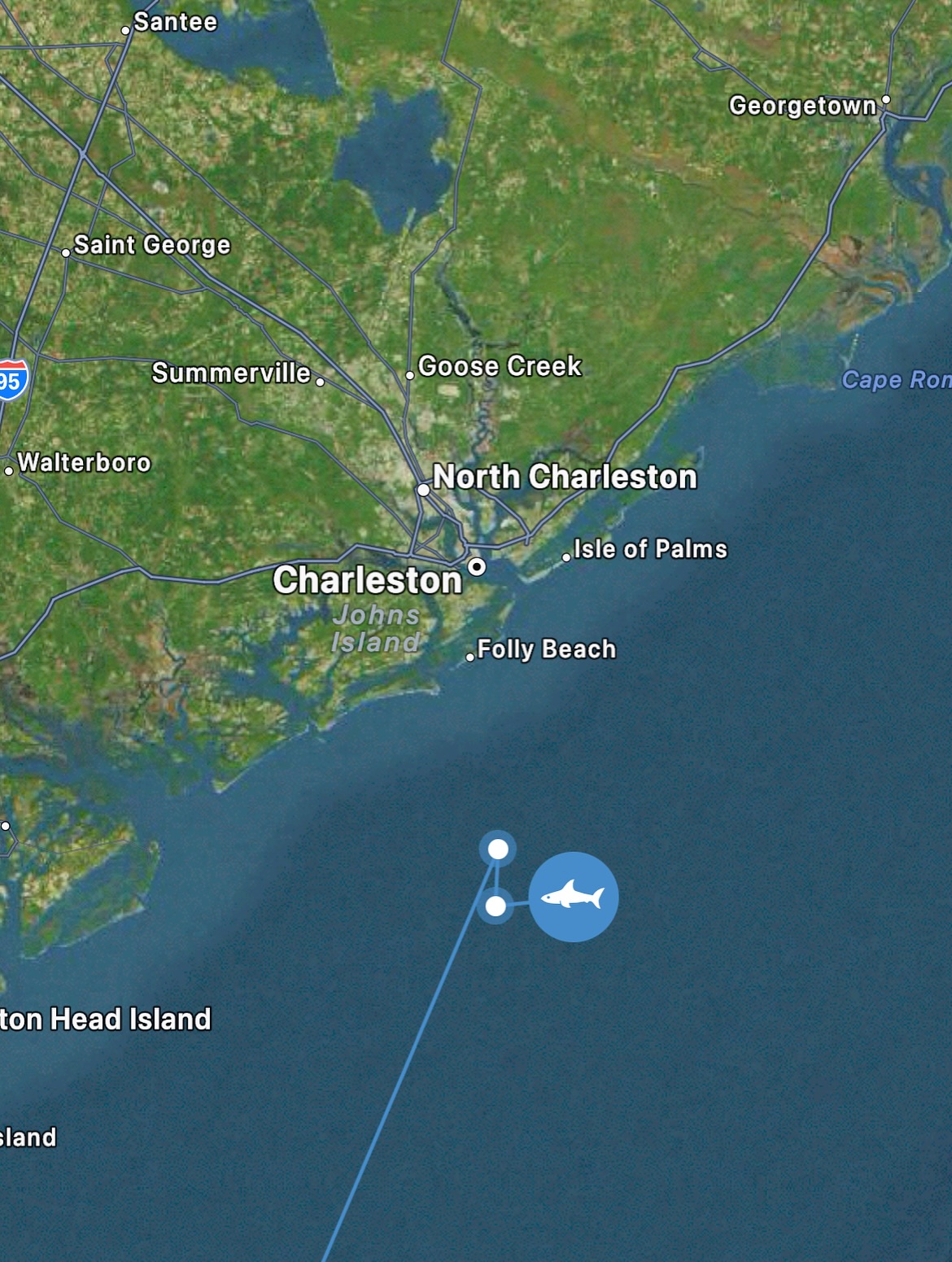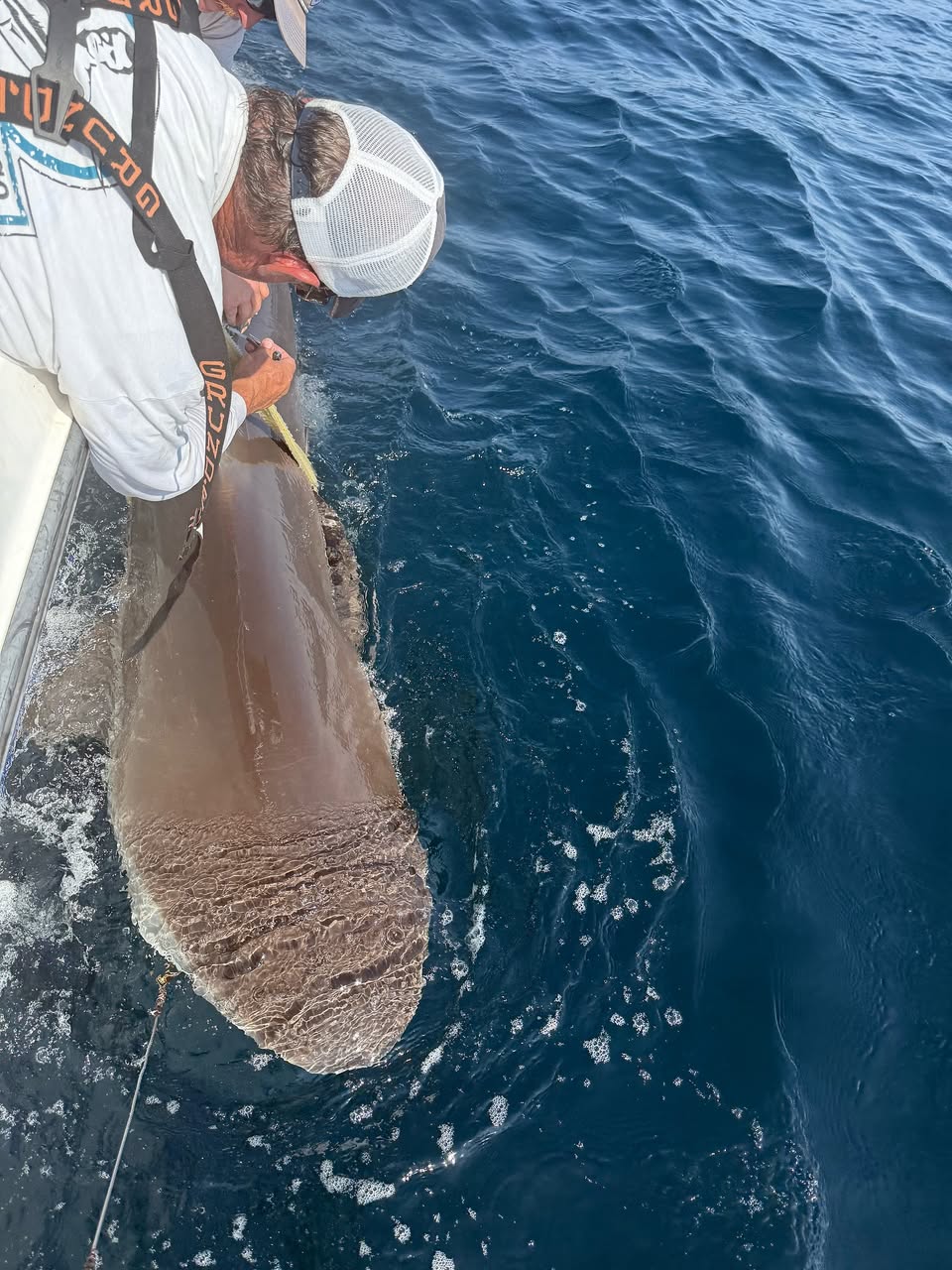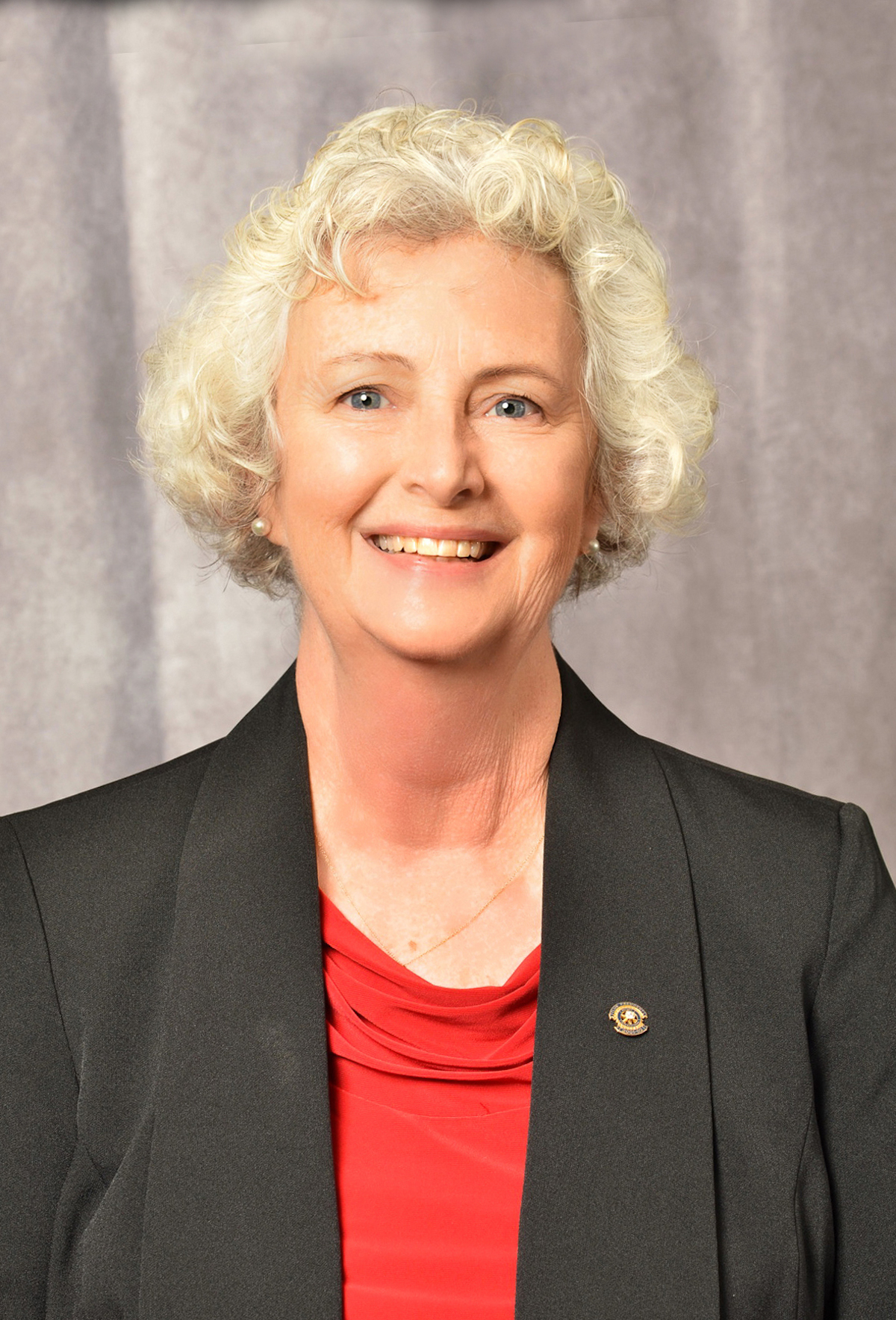By Delayna Earley
The Island News
An endangered shark made a visit to the Beaufort area last week on its way northward from Florida.
Mira, a female adult dusky shark that measures nearly 10 feet in length, pinged just off the coast of St. Helena Island according to OCEARCH.
The name Mira means “wonder” and is also a star in the night sky, according to the shark’s tracking page on OCEARCH’s website.

Mira, an adult, female dusky shark, pinged off of the coast of St. Helena Island, S.C., last week on its way north from Jacksonville, Fla. Dusky sharks are endangered sharks, and this is the first one caught and tracked by OCEARCH. OCEARCH/Facebook
“This shark reminds us how much there is still to learn about this species,” the site says.
The shark pinged multiple times in the area over the course of several days before continuing to move northward from the coast of Jacksonville, Fla., which is where the shark was tagged, sampled and released on May 15, 2025.
Mira is the first dusky shark ever tagged by OCEARCH, a global nonprofit research organization that helps scientists conduct research and collect “previously unattainable data” from large marine animals to “accelerate the ocean’s return to balance and abundance.”
When tagged in May, Mira measured 9 feet, 8 inches and weighed an estimated 327 pounds, according to OCEARCH’s website, and slightly above the size known as full maturity for this species.
According to OCEARCH, dusky sharks are globally endangered and are considered vulnerable in the North Atlantic Ocean and Gulf of Mexico.
“Dusky sharks are globally endangered and are one of the most threatened coastal and pelagic species with population declines between 75% and 99% depending on region due to targeted fisheries and bycatch,” said OCEARCH Chief Scientist Harley Newton on their Facebook page. “This species does spend a significant amount of time below the surface so it will be interesting to see how often Mira sends us locations on the tracker. Monitoring dusky shark movements will help us better understand their habitat use and its overlap with commercial fisheries.”
The shark appears to have a similar reproductive cycle to that of the great white shark in that they have small litters, late maturity and have a three-year reproductive cycle which includes nearly two years of gestation and one year of rest.
OCEARCH said on their website that Mira did not show any signs of pregnancy or recent mating when she was tagged in May, which gives them valuable incite into what stage of life it is in.
Mira’s journey, along with the other marine animals that they have tagged, can be followed on OCEARCH’s website.
Delayna Earley, who joined The Island News in 2022, formerly worked as a photojournalist for The Island Packet/The Beaufort Gazette, as well as newspapers in Indiana and Virginia. She can be reached at delayna.theislandnews@gmail.com.










